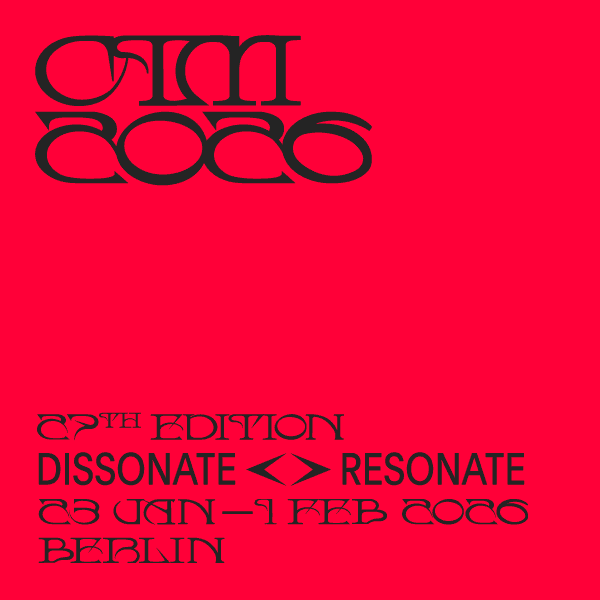The Danish Music Review
The Danish Music Review
,,Church and Organ" (225-229)
On the 8th November at the Royal Theatre of Copenhagen the first opera of Johan Hye-Knudsen, conductor of the Royal Opera had its first performance. The name of the opera is "Church and Organ", and the libretto is based on a short story by Holger Dracman, the Danish lyrical poet. The plot is as follows: Grethi, a young girl, has fallen in love with 'Master Olivier, the old organist, but she is forced to marry a man, whom she does not love. Master Olivier is the organist of a ramshackle church belonging toan old ruined squire. The church is so fragile that the organ cannot be played at full capacity, for in that case the building would crumble down. At her wedding Grethi at the last moment fears off her bridal wreath, runs op to the organ and by pulling out all the stops of the organ she forces, Olivier to play at full strenght, sothat the vaults of the church faqll down upon them.
The Royal Theatre gave the opera, which was a great succes, an excellent execution. However, the composer is rather a lyrical than a dramatic composer. The lyrical part parts seem best to express his character, while the dramatic elements are created rather by his routine and experince as a conductor.
Georg Høeerg 75 Years Old (229-232)
On the 27th December Georg Høeberg, the Danish conductor and composer will complete his 75th year, and on this occasion Hakon Børresen, the Danish composer, gives an account, of his importance to Danish music. Georg Høeberg is a grandchild of H. C. Lumbye, the Danish Johan Strauss. He began as a violinist in tlie Royal Opera Orchestra while Johan Svendsen was its conductor, and this fact has no doubt had a considerable, influence upon the development of Høeberg as a conductor. Johan Svendsen was nat only a world-famous composer, but also an excellent conductor who has raised the Royal Orchestra to its present high artistic level. From 1900-1914 Høeberg acted as a violin teacher in the Royal Danish Conservatory, until in 1914 he becarne the conductor of the Royal Opera continuing on the traditional lines laid down by Johan Svendsen. He devoted himself to his task body and soul, and for the first time performances Hwhere given of international works such as "Tristan and Isolde", "Parsifal", "Salome", "Pelléas et Mélisande", "Madame Butterfly", "Boris Godunow", "Eugen Onegin", the ballet "Petruschka", etc., and at the same time Mozart, Beethoven, Verdi, Puccini, and last but not least Danish operas were included in the repertory. Besides this work Høeberg continued the concerts with the Royal Orchestra, and many symphonie compositions received their first performances. Furthermore Høeberg, has studied and conducted in Germany, Austria, France, and Poland, and has taken part in the Scandinavian Music Festivals, where he has always been actively engaged for the benefit of Danish music.
The Negleeted Buxtehude House at Elsinore, (233-234)
Hanna Lund, the music teacher, writes albout the house at Elsinore where Diderik Buxtehude, the world-famous Danish composer spent his childhood. This interesting house has been badly neglected, and instead of restoring it (it is reported to be about 375 years old) and arranging it - f.inst. as as museum - in the style predominant during the lifetime of Diderik Buxtehude, it has been used as a butcher's shop, and nobody has paid - attention to this historical place. The author seriously requests the authorities to solve this problem.
Carl NIelsen Biography, First Part (236-238)
Now the first biography has been written about Carl Nielsen, the great Danish composer who was born in 1865 in Funen the son of a poor farmer, and who died in a Copenhagen hospital in 1931. The book which will be issued in two parts the first of which has been sent out by the "Nyt Nordisk Forlag", a Copenhagen publishing firm, has been written by Torben Meyer, the journalist, and Frede Schandorf Petersen, the music-critic. Torben Meyer has collected the biographic, material through conversations with and notes from the friends of Carl Nielsen, from the cornposer's diary, letters, and other material. Frede Schandorf Petersen has written about the works of Carl Nielsen. which for the first time have been submitted to a careful musical examination showing characteristic features and supplied with about 300 note quotations.
In this artiele Vagn Holmboe, the Danish composer and musiccritic, reviewing the book writes as follows:
... "First of all may be said that the collaboration between the two authors has been successful" ...
_, "The authors have succeeded in creating, a great, popular biography of an artist, at the same time giving an excellent account of what must be considered the basis of the book: The musical produetion of Carl Nielsen" ...
.,. "On the whole it must be said that the work has been dealt with in the right manner - by citing reviews, diaries, and the books written by Carl Nielsen himself: "Living Music" and "My Funen Childliood". Allthis in connexion with verbal accounts give a vivid impression, of Carl Nielsen, his struggle against prejudice and his almost tragical period ,is a conductor of the opera" ...
... "The examination and analysis of the compositions by Frede Schandorf Petersen is excellent. A study of these descriptions will facilitate the understanding of the works to a very great extent, and by analyzing the music he has created a sound basis of great importance to a special scientific investigation later on. Certainly the really difficult analyses are to be, found in the second part, but many elemets are already to be found in nuce in the early Works of Carl Nielsen, and it is obvious that Schandorf Petersen is on the right track" ...
... "The book is a real gold mine of information about Carl Nielsen and his surroundiongs. And even if the discription of his surroundings may sometimes be rather too long and lack a direct relation to Carl Nielsen, this is, however, a minor fact in coniparison with the abundance of conversations, letters, reviews, etc., throwing light upon the development of Carl Nielsen and the understanding of his compositions revealed by Frede Schandorf Petersen's investigation of the works. The second part of this imposing and abundant biography of Carl Nielsen and his work is eagerly awaited with great interest and with a certain confidence. At any rate the first part will no doubt prove to be a book that will be employed by later generations for information about Carl Nielsen and his life".

